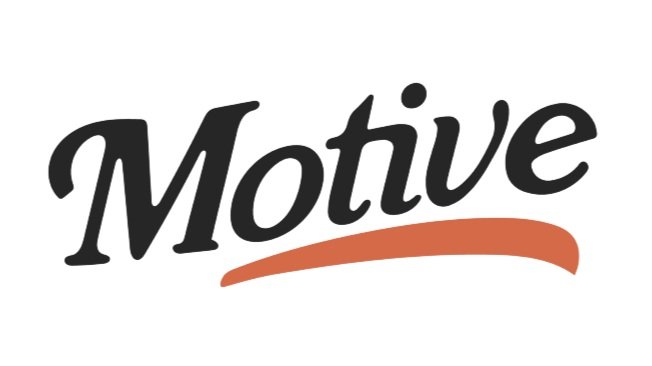
SESSION ONE:
90 Days to Easter: A Step-by-Step Guide for Church Communication Leaders to Achieve Success Without Burnout
90 Days to Easter: How Church Communication Leaders Can Plan Strategically and Thrive
As church communication leaders, we know Easter is more than just another Sunday—it’s a pinnacle of the Christian calendar. It’s an opportunity to reach your community, engage first-time visitors, and create meaningful experiences for your congregation. But often, the road to Easter can feel overwhelming, leaving us stressed, burned out, and wondering if we’ve done enough.
Dan Barnes and Zac Morgan, two experienced leaders in church communications and creative strategy, recently shared a framework to help you break down the journey to Easter into manageable steps. In this blog, we’ll walk through their insights, practical tips, and real resources to help you create a high-impact Easter strategy—without losing your mind.
Why Plan Now?
Easter may still be months away, but the time to plan is now. Starting early helps eliminate the last-minute rush, reduce chaos, and give your team the margin to deliver excellent results. Here’s how to break the next 90 days into three phases:
30 Days of Strategy: Lay the foundation by reviewing past events, setting goals, and aligning with leadership.
30 Days of Asset Creation: Develop the visual and messaging elements of your campaign.
30 Days of Implementation: Execute your plan, monitor progress, and make necessary adjustments.
Let’s dive into each phase.
Phase 1: Strategic Foundations (Days 1–30)
This first phase is all about high-level planning. Here’s what to focus on:
1. Conduct a Post-Christmas Retrospective
If you haven’t already, schedule a meeting to review your Christmas services. Invite department leaders, take notes, and ask these questions:
What went well?
What didn’t go well?
What feedback did we receive from attendees or volunteers?
What goals were met or missed?
2. Set Clear Measurable Goals
Work with your senior leadership to determine success metrics for Easter. Possible metrics include:
Attendance numbers
First-time guests
Salvations or baptisms
Volunteer engagement
Social media reach and engagement
3. Identify Barriers and Opportunities
Look for potential roadblocks, such as limited volunteer availability, and identify opportunities like digital marketing strategies or outreach initiatives.
Tools and Resources:
Asana or Trello: Use these project management tools to organize your tasks and timelines.
Google Analytics: Track digital engagement from your church’s website.
Zoom or Microsoft Teams: Conduct virtual meetings with your team to align goals.
Phase 2: Asset Creation (Days 31–60)
With your strategy in place, it’s time to create the materials you’ll need for your Easter campaign.
1. Craft a Cohesive Theme
Collaborate with your pastor or leadership team to identify the overarching message or theme for Easter. This will guide all creative elements, from sermon series titles to graphic designs.
2. Design Visual Assets
Create graphics, social media posts, slides, and printed materials that align with your theme. Consistency is key.
3. Develop Messaging
Write clear and compelling copy for your website, email newsletters, and social media. Use language that resonates with your audience and emphasizes why Easter is worth celebrating.
Tools and Resources:
Canva: Create professional-quality graphics easily.
Mailchimp or Constant Contact: Design and schedule email campaigns.
Pexels or Unsplash: Find free, high-quality stock photos.
Phase 3: Implementation and Optimization (Days 61–90)
The final stretch is about executing your plan and fine-tuning as you go.
1. Promote Strategically
Leverage multiple channels to promote your Easter services:
Social Media: Schedule posts on Facebook, Instagram, and Twitter.
Email Campaigns: Send weekly updates with a countdown to Easter.
Direct Mail: Send invitations to your community.
2. Engage Volunteers
Equip your volunteers with clear instructions, schedules, and resources. Use tools like Planning Center or VolunteerLocal to manage shifts and assignments.
3. Monitor and Adjust
Track engagement and attendance as Easter approaches. Make real-time adjustments to your strategy based on what’s working.
Tools and Resources:
Sprout Social or Hootsuite: Schedule and monitor social media posts.
Eventbrite: Manage registrations for special events or overflow services.
Slack: Keep your team connected and on the same page.
Tips for Avoiding Burnout
Zac and Dan emphasize the importance of maintaining a healthy work-life balance during this busy season. Here are their top tips:
Delegate Tasks: Don’t try to do everything yourself. Trust your team.
Set Boundaries: Establish working hours and stick to them.
Celebrate Wins: Take time to acknowledge milestones along the way.
Next Steps
Ready to get started? Download a free 90-day Easter planning guide here. This guide includes a detailed timeline, checklists, and templates to make your planning process seamless.
Remember, your work matters. When done right, your efforts can lead to restored families, redeemed marriages, and lives transformed by the gospel. Start planning today, and let’s make this Easter the best yet.
Whether you're a seasoned communications leader or stepping into this role for the first time, the 90-day framework can provide clarity and direction. Commit to the process, lean on your team, and trust that God will use your efforts to make a meaningful impact in your community.
